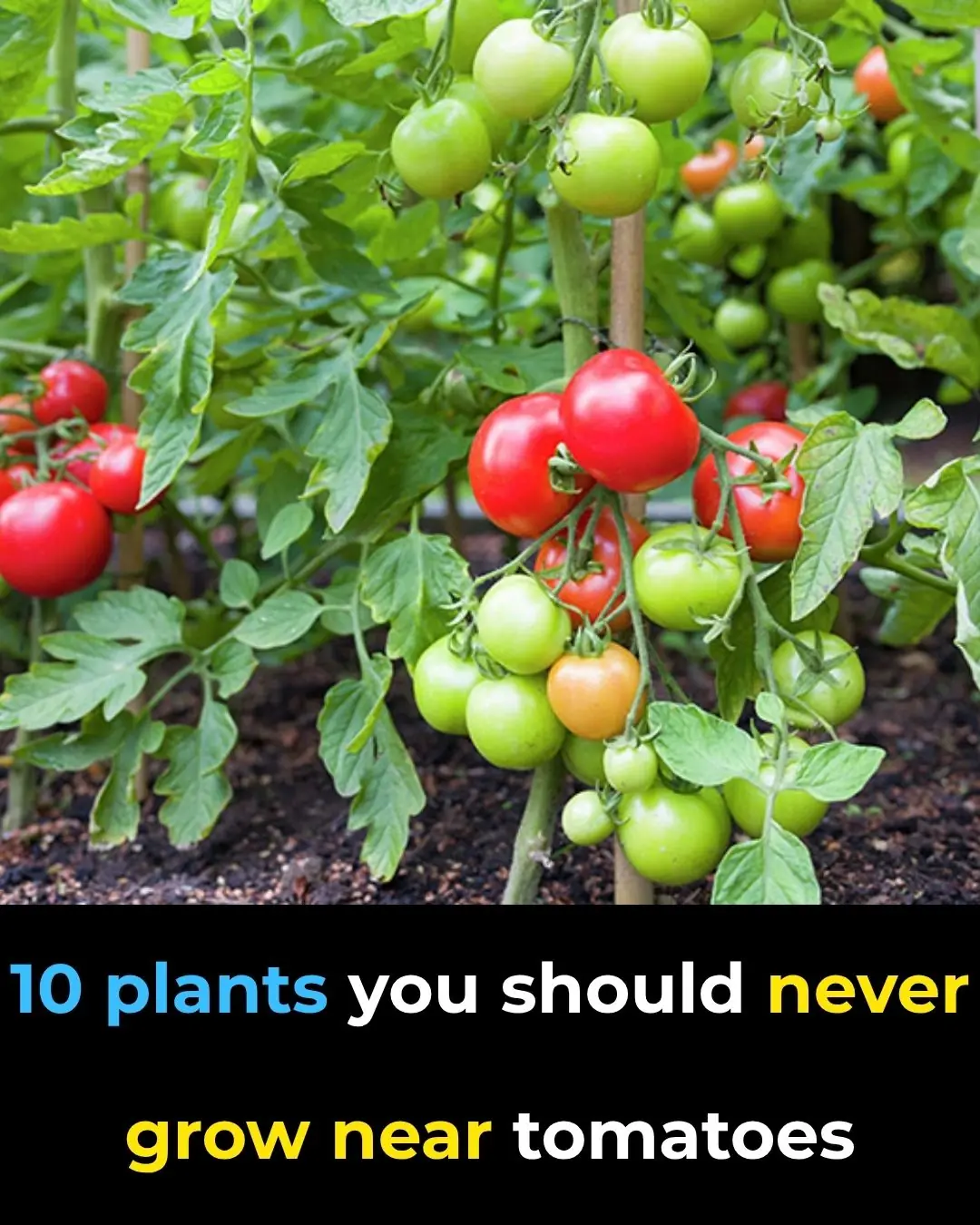
10 Plants You Should Never Grow Near Lavender
Companion planting is a clever gardening technique that pairs plants with similar needs so they can help each other thrive. Lavender — with its fragrant blooms and low-maintenance charm — is a favorite among gardeners. But while it’s easygoing, not every plant makes a good neighbor. Knowing what not to plant near lavender can save you from a lot of frustration and keep your garden in perfect balance.
Understanding Lavender’s Growing Needs
Lavender hails from the sunny Mediterranean, which means it loves dry, well-drained, and slightly alkaline soil. It hates soggy roots and too much shade. Ideally, lavender grows best in soil with a pH between 6.5 and 7.5, under full sunlight and with good air circulation. Any plant that prefers wetter or more acidic conditions is likely to clash with lavender’s lifestyle.
Why Companion Choice Matters
Pairing lavender with compatible plants reduces maintenance and promotes healthy growth. The wrong companions, however, can create all kinds of trouble — from root rot and nutrient competition to pest infestations. Here are 10 plants you should avoid planting near lavender.
1. Mint
Mint is a fast-spreading, moisture-loving herb that thrives in damp, rich soil — the exact opposite of what lavender prefers. Its invasive roots can quickly crowd lavender out and compete for nutrients, leaving your lavender weak and stunted.
2. Roses
Roses demand frequent watering and nutrient-rich soil, which can drown lavender in the process. Their pest-prone nature also attracts aphids and fungal diseases that could spread to nearby plants.
3. Basil
While basil and lavender may both be herbs, they’re far from compatible. Basil craves moist, fertile soil and regular watering, which can suffocate lavender’s roots and stunt its growth.
4. Camellias
Camellias love acidic soil and partial shade, while lavender thrives in alkaline, sunny conditions. This fundamental mismatch in soil pH and sunlight needs can weaken both plants.
5. Peonies
Peonies prefer rich, well-watered soil — far too damp for lavender. They also favor slightly acidic soil, making them poor companions that disrupt the balance lavender needs.
6. Hydrangeas
Hydrangeas adore moisture, shade, and acidity — three things lavender can’t stand. Planting them side by side is a recipe for poor growth and nutrient imbalances.
7. Fuchsias
Fuchsias flourish in cool, moist soil and shady spots. These conditions can cause lavender to develop root rot and fail to bloom properly.
8. Hostas
Hostas are shade-loving plants that thrive in damp environments. Putting them near lavender will only create a stressful, waterlogged situation for your fragrant herb.
9. Azaleas
Azaleas prefer acidic, moist soil and low light — the total opposite of lavender’s sunny, dry preferences. They’ll struggle side by side and compete for incompatible conditions.
10. Rhododendrons
Like azaleas, rhododendrons need acidic, moist soil and partial shade. The extra watering they require can easily drown lavender’s roots and hinder its growth.
Better Companions for Lavender
If you want your lavender to thrive, pair it with other drought-tolerant plants that love sun and dry soil. Great options include rosemary, thyme, sage, and echinacea. These plants share similar water and soil needs, creating a harmonious garden that looks — and smells — incredible.
Conclusion: A Healthy Garden Starts with Harmony
A thriving lavender garden depends on balance. By keeping it away from moisture-loving or shade-seeking plants, you’ll protect its roots, boost its blooms, and fill your garden with color and fragrance. Choose companions that share lavender’s sunny, carefree nature — and your garden will reward you with beauty all season long.
News in the same category

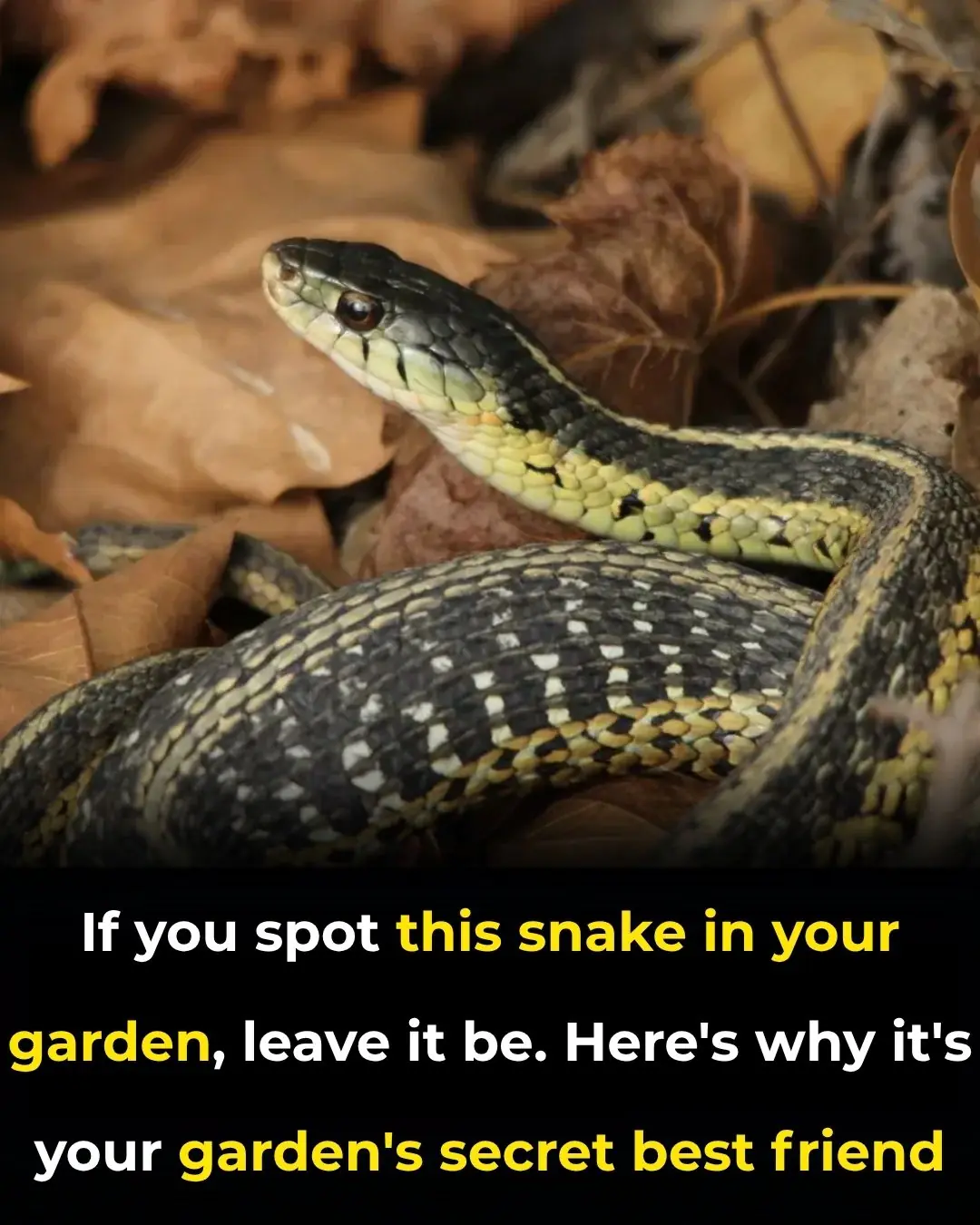
If You Spot This Snake in Your Garden, Leave It Be — Here’s Why It’s Actually Your Garden’s Secret Best Friend

Here’s The History Behind The AME Church, The First Independent Black Denomination In The U.S.

Timothée Chalamet hints at major next step in Kylie Jenner relationship in tight-lipped interview

Jaw-dropping new Trump approval ratings shows what Americans really thinks of him

Secret to Creamy Gourmet Mashed Potatoes

Christina Applegate makes rare comments about late boyfriend’s fatal drug overdose: ‘I tried everything

Strictly star Harry Aikines-Aryeetey reveals ‘out of body experience’ as he addresses ‘mistake’

Strictly star George Clarke opens up on ‘scary’ paparazzi incident with famous girlfriend: ‘Why is this relevant?’

Traitors star calls out Joe Marler’s ‘rule break’ in show finale: ‘It’s not really within the rules to do that’

‘Pause That Lil Interview’: Carmelo Anthony’s Behavior During Son Kiyan’s Postgame Session Has Fans Calling Out His ‘Drunk Dad’ Energy

Hannah Ferguson Is The Proud Owner Of The First Black Woman-Owned Cidery In Ohio

Here’s Why We Should Talk About Aunt Polly Jackson More Often

5 Important Things You Should Know About Huey P. Newton

Meet Mary Lumpkin, The Enslaved Woman Who Transformed A Slave Jail Into An HBCU

‘Six Triple Eight’ Veteran Millie Dunn Veasey Posthumously Honored With Raleigh Post Office Renaming

‘Sun Ra Arkestra’ Jazz Musician Marshall Allen to Release Debut Solo Album at 100 Years Old
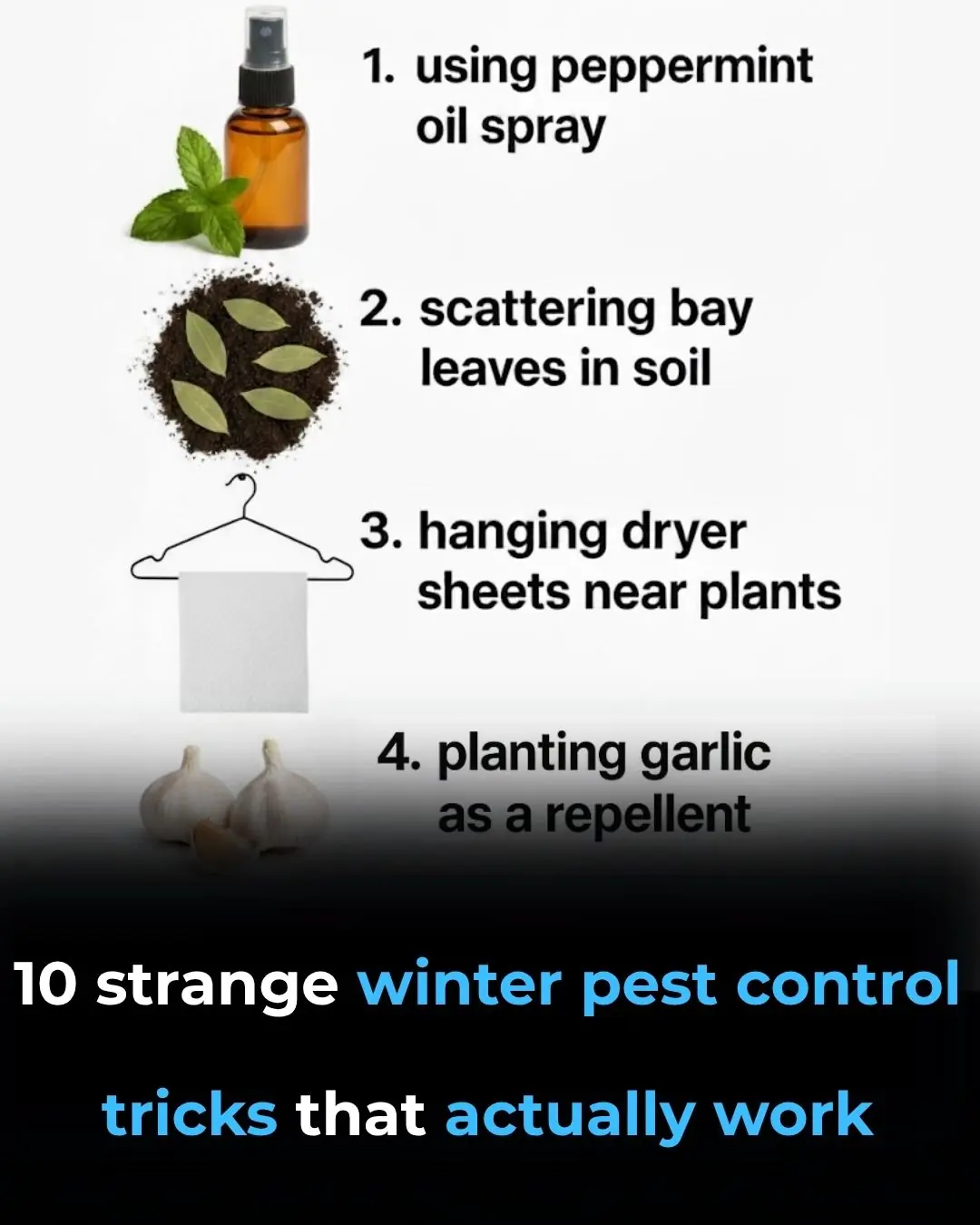
10 Weird Winter Pest Control Tricks That Actually Work

Put Two Glasses on the Door Handle — A Small Action That Brings Big Safety Benefits
News Post

DIY Under-Eye Clove Cream for Dark Circles

Person 'sucked into plane engine' before takeoff dies in airport tragedy

The Powerful Juice That Fights Anemia, Fatty Liver, and Blurry Vision Naturally

Stop freezing these 10 foods
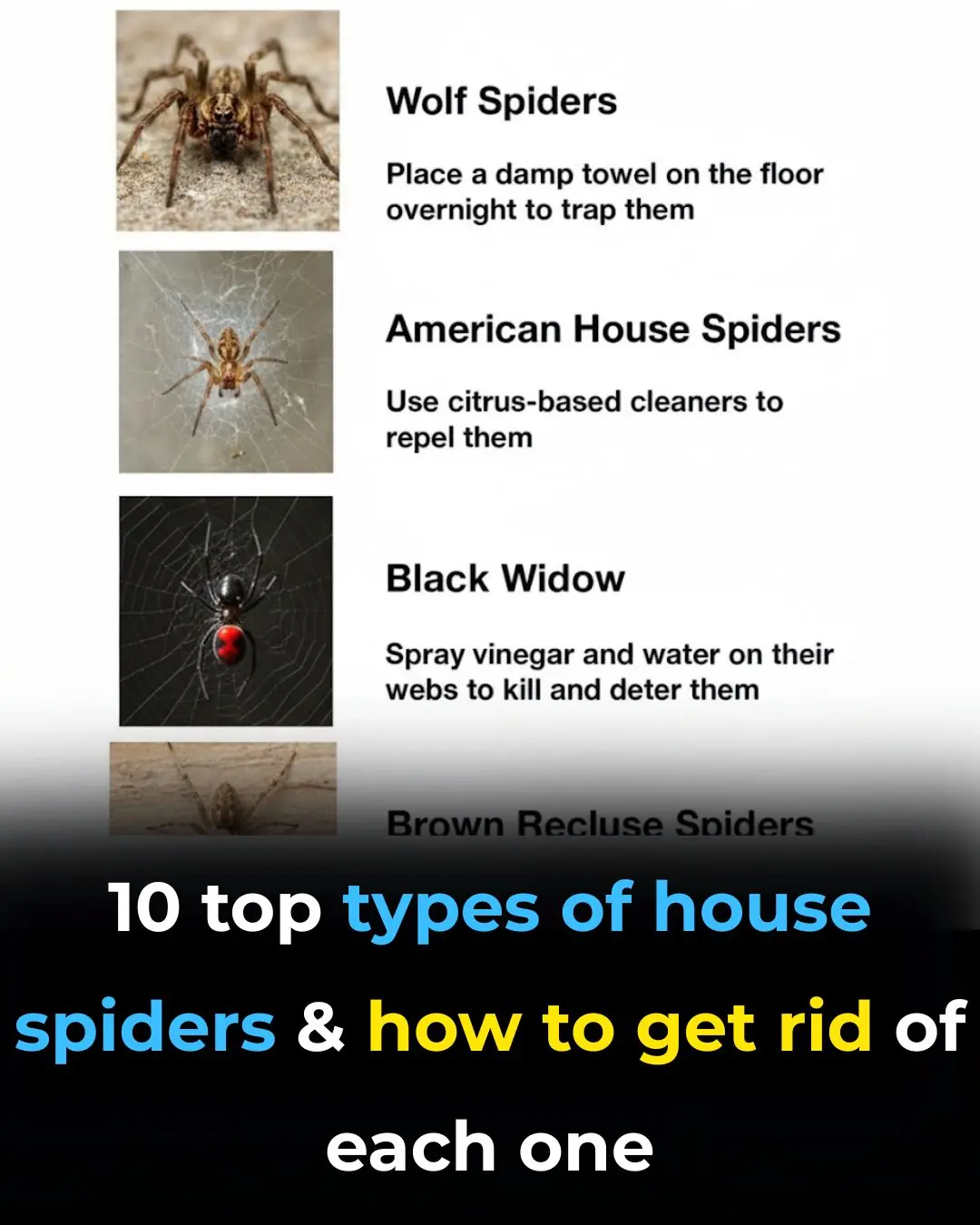
10 top types of house spiders & how to get rid of each one

These ideas are brilliant

10 top types of house spiders & how to get rid of each one

Plants You Should Never Grow Near Tomatoes

If You Spot This Snake in Your Garden, Leave It Be — Here’s Why It’s Actually Your Garden’s Secret Best Friend
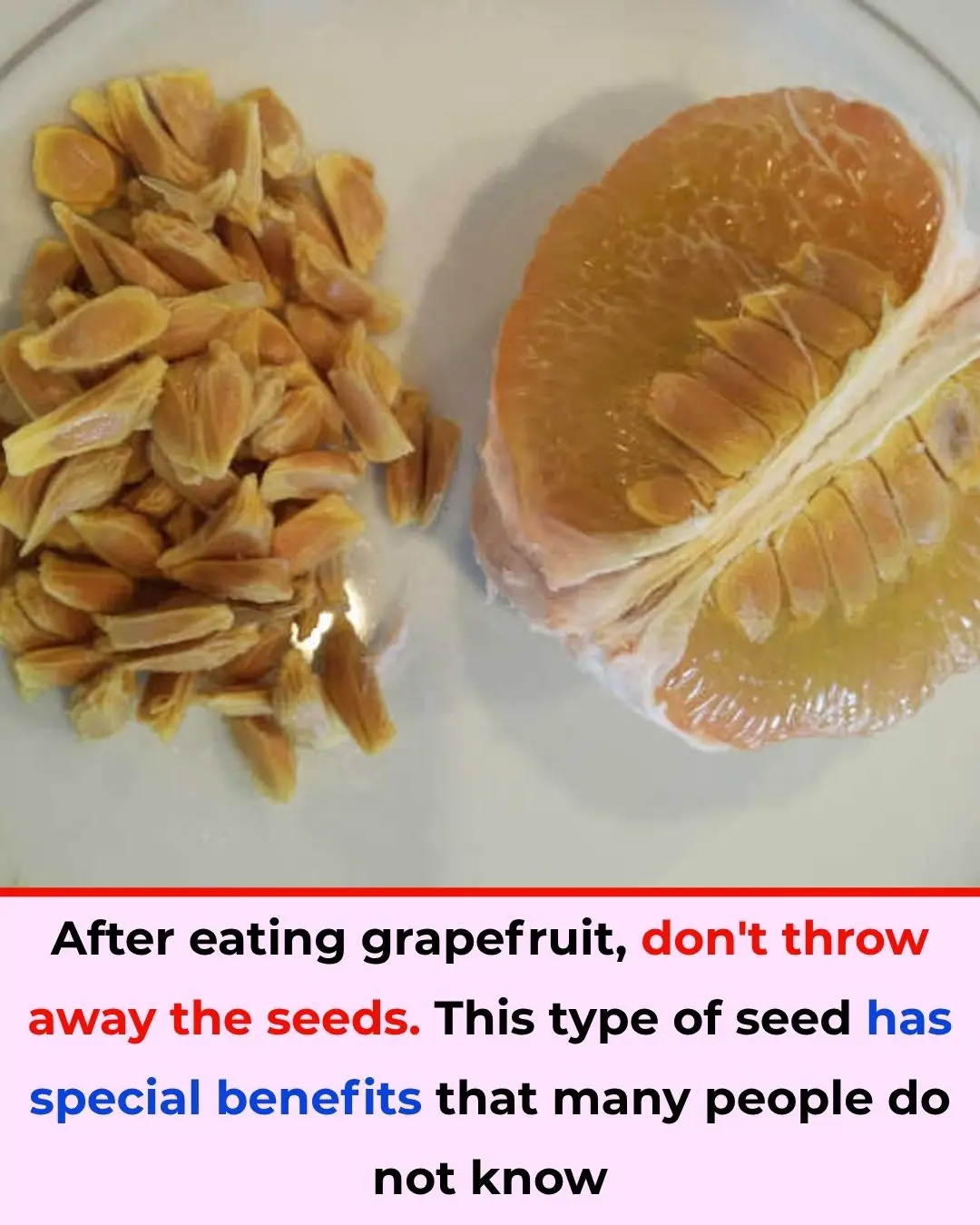
Don’t Throw Away Grapefruit Seeds – These Tiny Seeds Have Surprising Benefits

Sprinkle Salt Around Your Home on Rainy Days – It Sounds Strange, but the Results Are Amazing

Remove Bad Odors from Your Refrigerator Overnight with These Simple Tricks

Researchers Accidentally Capture Drone Footage of the Year: A Wild Bond Between Predator and Prey

Top 10 Herbal Teas That Actually Kill Cancer — Why Is This Being Hidden? | Healthy Care

DON'T IGNORE! Top 8 Warning Signs Of Blood Clots

Castor Oil After 50: This Is What Happens After 7 Days Of Use!

He Couldn’t Pull Her Out — So He Held Her Hand.

Mix One Ingredient With Orange Juice To Flush Toxic Buildup From The Lungs
